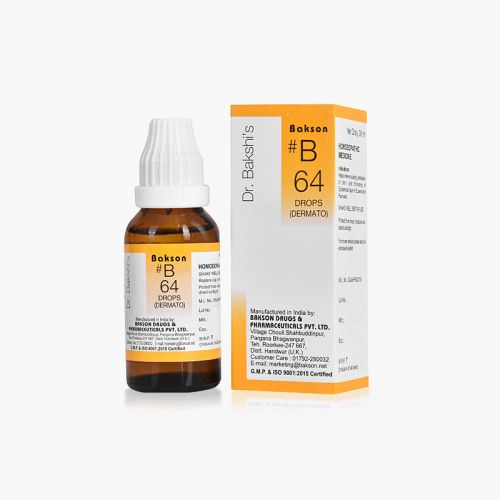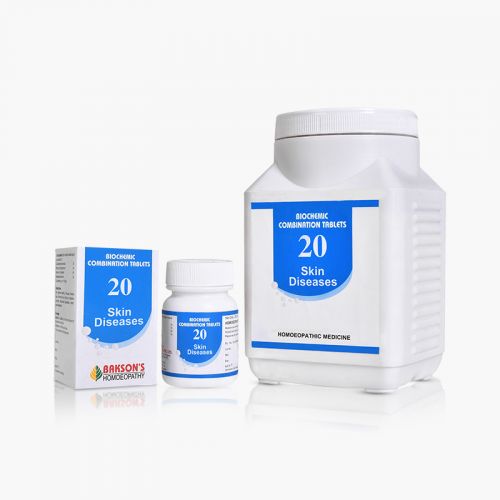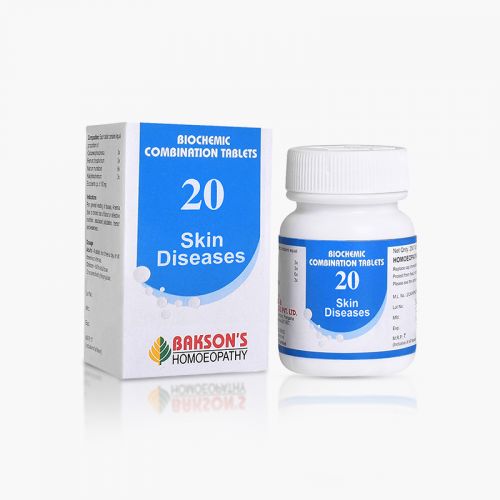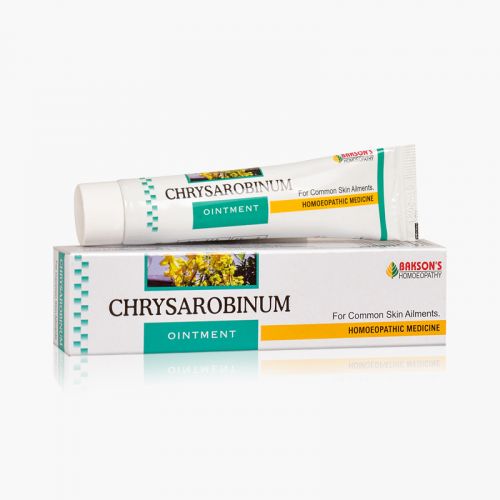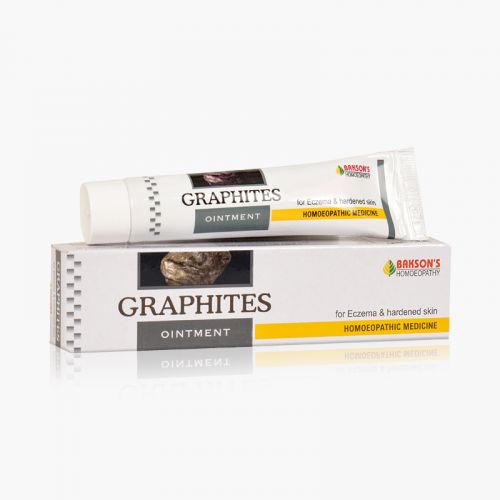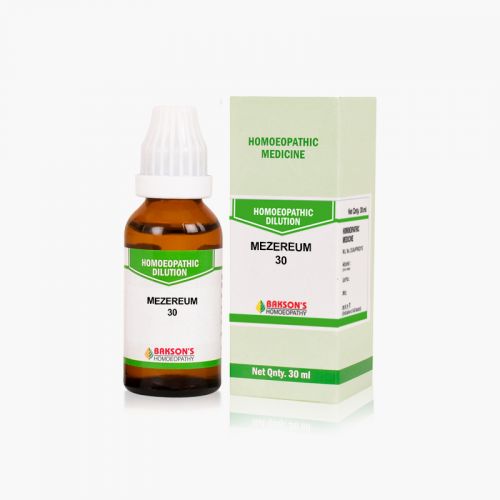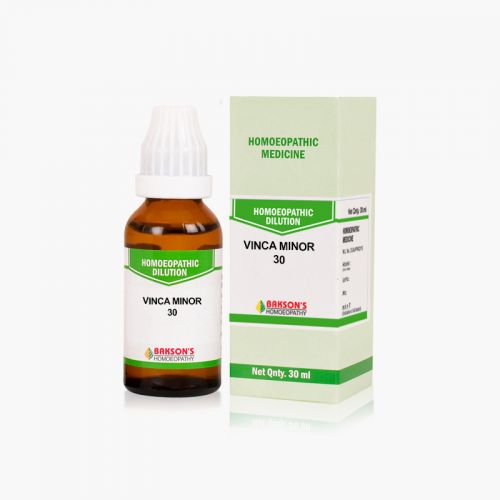We use cookies to make your experience better. To comply with the new e-Privacy directive, we need to ask for your consent to set the cookies. Learn more.
What is Dermatitis?
Dermatitis refers to the inflammation of skin and comprises a range of ailments. In general, dermatitis presents with dry, swollen and red skin, causes and features of which, vary according to the type of dermatitis.
The common symptoms to all types of dermatitis are - rashes, dry cracked skin, itching, blisters, stinging or burning pain, redness and swelling.
Types of Dermatitis
There are many types of dermatitis known, the most common ones are:
- Atopic Dermatitis or Eczema: It is a hypersensitivity reaction to various allergens, which is a chronic condition and occurs most commonly in children. Personal or family history of eczema, allergies, hay fever or asthma is a major risk factor. Certain foods, such as nuts and dairy, can trigger symptoms. Environmental triggers include smoke, pollen, soaps, and fragrances. It presents with red and itchy skin, red to brownish-grey patches, small raised bumps that may leak fluid and crust over on scratching, skin is cracked, thickened, raw and swollen from >scratching. It can be accompanied with asthma or hay fever. Management involves proper moisturising of skin, and avoiding environmental allergens.
- Contact Dermatitis: Contact dermatitis is an inflammatory eczematous skin disease caused by chemicals or metal ions that exert toxic effects. Majority of cases of contact dermatitis are self-limiting and are managed with simple supportive measures. Contact dermatitis can be an irritant contact dermatitis or an allergic contact dermatitis.
- Allergic Contact Dermatitis: It presents with red, itchy, scaly rashes with visible borders due to contact or exposure to an irritant. Hands are the common site of contact allergic dermatitis.
- Irritant Contact Dermatitis: Presents with a rash affecting only a small area with no boundaries. It appears immediately on exposure to irritants like harsh soaps, cleansers and solvents. Symptoms of irritant contact dermatitis include burning, itching, stinging, soreness, and pain, at the beginning, while pruritus is more often seen in allergic contact dermatitis.
- Dyshidrotic Dermatitis: It presents with a sudden occurrence of a rash with small, itchy blisters on palms, soles and along the sides of fingers and toes. Small itchy blisters are the most characteristic sign of this type of dermatitis. Skin is red, cracked, and sweaty. Cause is unknown, but risk factors include a positive family history of eczema, allergies, stress, contact with metals, sweaty hands or feet, etc.
- Seborrhoeic Dermatitis: Also known as cradle cap in babies, this affects most commonly the scalp, but can also affect face and chest. 3 months and younger babies often develop a cradle cap with crusty yellow or brown scales on their scalp, which resolves before the age of 1 year. In adults, lesion can be seen on the face, middle part of chest, around the umbilicus, on buttocks, in skin folds, below breasts, etc. it presents with itchy or burning skin with scales which are yellow or white and oily, that flake off easily.
- Neurodermatitis, aka lichen simplex chronicus: It starts with an itchy patch of skin which is worse on scratching which creates an itch-scratch cycle resulting in a thick and leathery skin. It is commonly seen on neck, wrists, forearms, legs or anal region.
- Nummular Dermatitis, aka discoid eczema: It is a chronic condition presenting with coin-shaped spots on the skin which are itchy and well-defined and may ooze clear fluid or become dry and crusty. It often develops after a skin injury like burn, abrasion or insect bite and lasts for several months.
- Stasis Dermatitis: It presents with skin changes occurring due to poor blood circulation or venous stasis. It is more common in people aged 50 years or more and women are more at risk. Symptoms include red, yellow or brown skin and swelling around the ankles, varicose veins, itching, pain, thickening of skin around ankles or shin, etc.
- Dermatitis neglecta: It occurs from a lack of hygiene presenting with scales on the skin which are stubborn and stuck to the skin, and hyperpigmentation. People with chronic disability, old age, sensitive skin, recent trauma or certain mental health conditions are more at risk.
Diagnosis
Diagnosis is done on the basis of clinical signs and symptoms but lab tests like skin patch test or skin biopsy may be needed in some cases.
Management
Treatment is based on the type and severity of the dermatitis. Dietary changes, like eliminating foods that trigger a reaction, may help manage eczema symptoms. The only way to prevent an allergic reaction is to avoid contact with allergens or substances that cause rashes.
- Wear appropriate clothing to protect against irritants at home and in a work environment.
- Friction should be avoided as well as the use of soaps, perfumes, and dyes.
Warning: Above information provided is an overview of the disease, we strongly recommend a doctor's consultation to prevent further advancement of disease and/or development of complications.
Disclaimer: The information provided herein on request, is not to be taken as a replacement for medical advice or diagnosis or treatment of any medical condition. DO NOT SELF MEDICATE. PLEASE CONSULT YOUR PHYSICIAN FOR PROPER DIAGNOSIS AND PRESCRIPTION.
- #B 64 DROPSSpecial Price ₹ 160.00 Regular Price ₹ 200.00
-
-
- BCT # 20 (SKIN DISEASES)-250TABSpecial Price ₹ 84.00 Regular Price ₹ 105.00
- GRAPHITES 30₹ 100.00
- MEZEREUM 30₹ 100.00
- PETROLEUM 30₹ 100.00
- VINCA MINOR 30₹ 100.00




